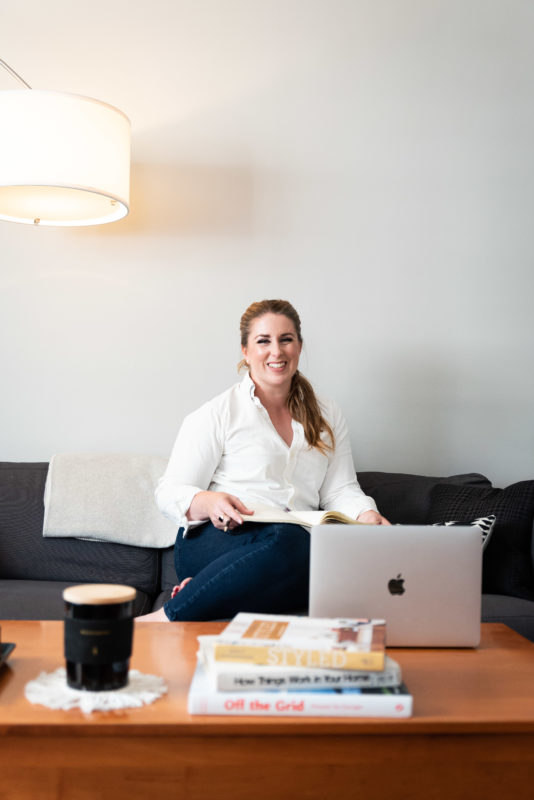Every Sunday you drive through the same historical neighborhood, slowing down at your favorite grand old Victorian with gingerbread trim, imaging what life would be like living there. But today you notice a For Sale sign in the yard. Could this historic beauty finally be a reality for you?
By Lisa Marie Conklin | September 14, 2018
Old houses are saturated with charm and character, but are they just old and quaint, or actually historic? A historic house has to meet the criteria set forth by the National Registry of Historic Places. Such criteria includes the age of the house (usually at least 50 years old), structural integrity (should look similar to when it was built), and significance (Was it built by a famous architect? Did George Washington sleep there?) So, you have to ask yourself, is it the historical significance, or just the fact that it’s an older house, that appeals to you?
If you’re attracted to a historic home, chances are you already embrace the house for its unique architecture and historical value, and already expect the upkeep will require materials that keep to the time period of the house. However, if you’re considering some modern updates, such as a more efficient kitchen, a new addition, or a new color of exterior paint, be sure to read the fine print. Homeowners are rarely permitted to build an addition or another story onto a historic home. You may get approval for an updated kitchen without much hassle, but it all depends on the specific rules for your area. “These conditions can vary: some will restrict choices on all finishes and modifications, inside and out, and others will control just the exterior of a home,” says Kate Ziegler, Realtor with Arborview Realty in Boston, MA.
Continue to MyMove.com for the full list.

